On the occasion of World Earth Day, the call to protect urban forests has never been louder — and more urgent. In Hyderabad, the Kancha Gachibowli forest, a lush green expanse nestled within the city’s rapidly urbanising landscape, is facing the threat of partial destruction. Over 100 acres of this precious ecosystem are now at the centre of a legal and environmental storm, following a Supreme Court directive last week instructing the Telangana Wildlife Warden to take immediate steps to protect its wildlife.
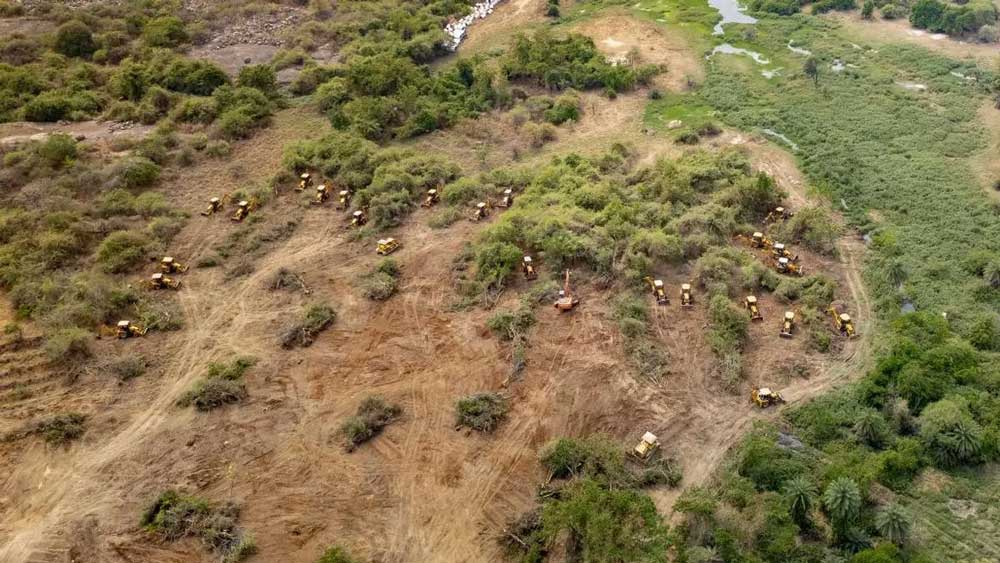
The Court’s firm statement — that “you cannot have high-rises in the company of deer” — has sparked renewed public attention on what stands to be lost if development is allowed to encroach upon this sanctuary.
A Natural Haven Amidst Concrete
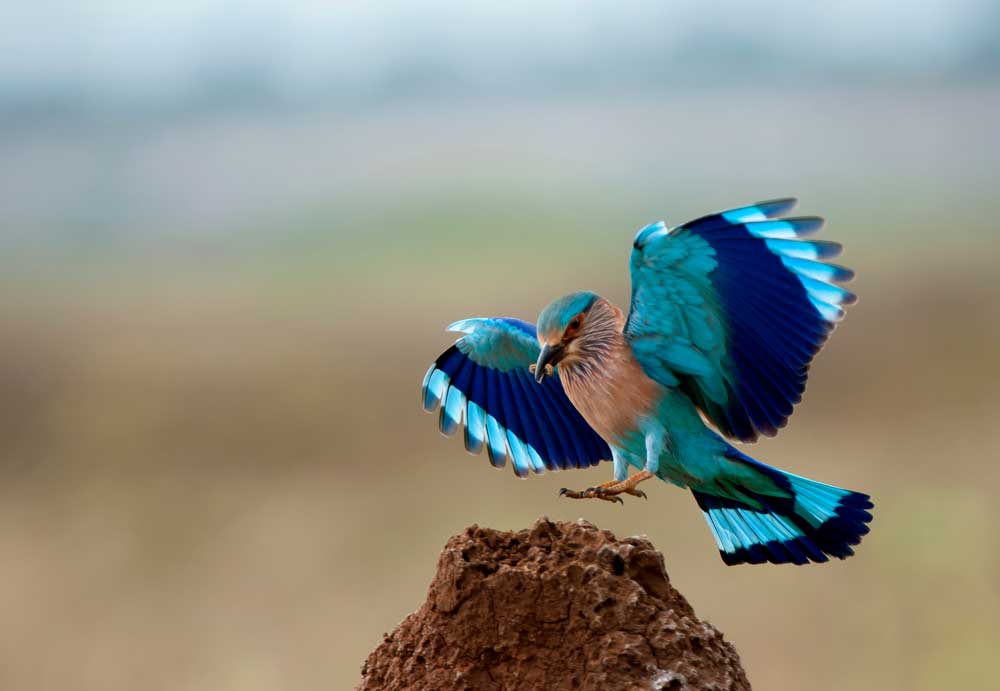
The Kancha Gachibowli forest is not officially classified as a ‘reserved forest’ — a technicality that has made it vulnerable to real estate ambitions. Yet, it serves as one of Hyderabad’s few remaining urban forests, spread across an estimated 400 acres, rich in indigenous flora and fauna. Once contiguous with the University of Hyderabad’s bio-diverse grounds, this green zone comprises dry deciduous forest interspersed with grassland, scrubland and two major water bodies — Buffalo Lake and Peacock Lake.
Despite its lack of formal recognition, this ecosystem functions as a vital habitat for over 237 species of birds, 20+ species of mammals, 30+ reptiles and amphibians, and countless insects. As Earth Day reminds us to act for our planet’s health, the threat to these species becomes a sobering reminder of what’s at stake when natural habitats are fragmented or erased.
Birds in Peril
Bird watchers and ecologists have long celebrated Kancha Gachibowli for its rich avian population. Among the threatened species is the Indian roller, Telangana’s state bird, often seen perched on electric wires or gliding low over open fields. The peafowl, India’s national bird, also finds a safe haven here, using the dense undergrowth for nesting and protection.
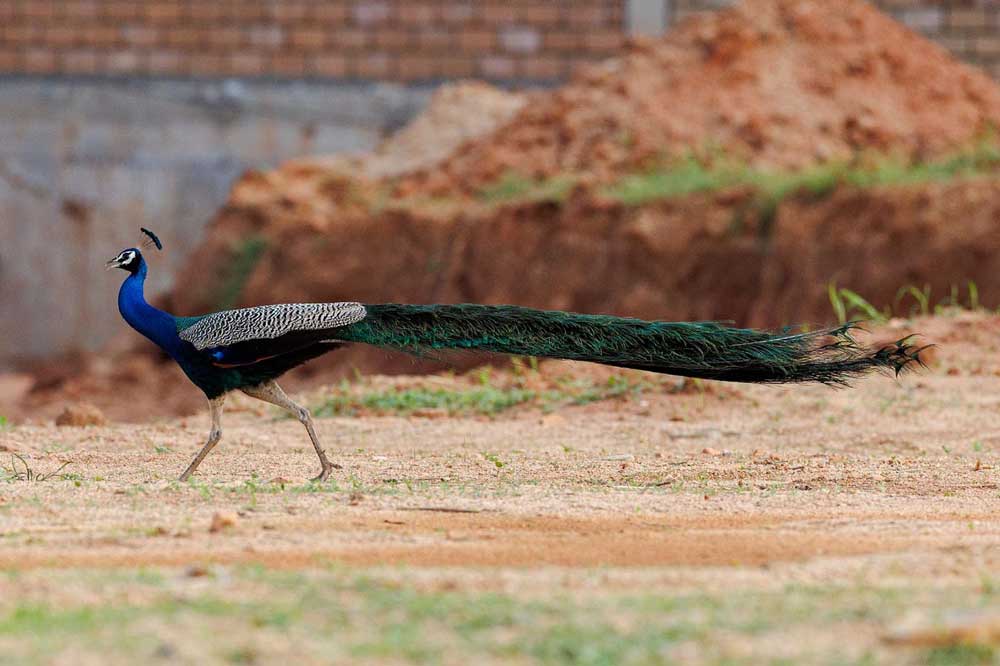
Migratory birds such as Siberian rubythroats, paddyfield warblers, and common sandpipers visit the wetland areas seasonally, relying on them for food and rest during their long journeys.
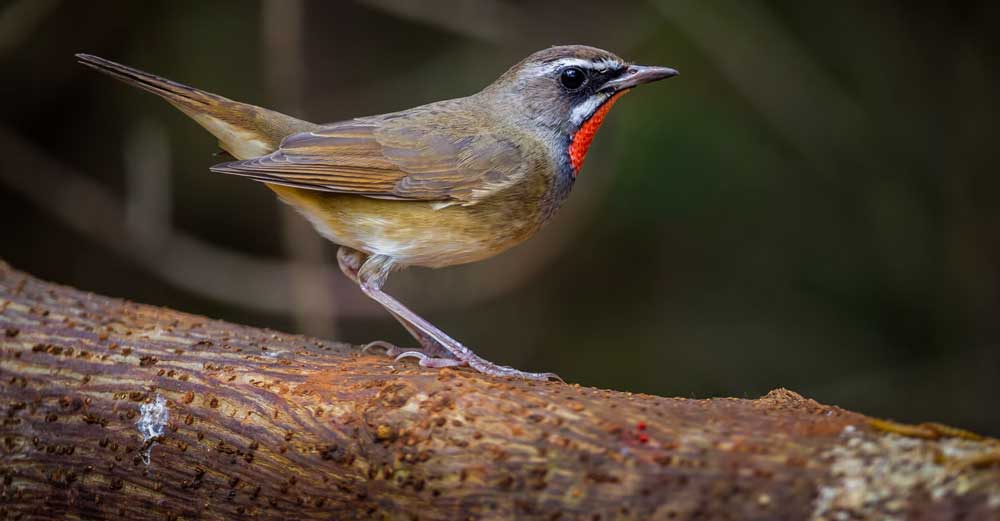
Yellow-wattled lapwings, ringed plovers, and larks are commonly spotted nesting on the open, undisturbed ground — a feature that will disappear if replaced by concrete and glass.
Mammals, Reptiles and More
The mammalian population includes spotted deer, Telangana’s state animal, which graze in herds, using the forest edge as a buffer against human activity. Wild boars, Indian hares, and porcupines are also present, along with sightings of the elusive jungle cat.

Of special concern is the Indian star tortoise, a Schedule I species under the Wildlife Protection Act, 1972 — meaning it is afforded the highest legal protection due to its vulnerability.
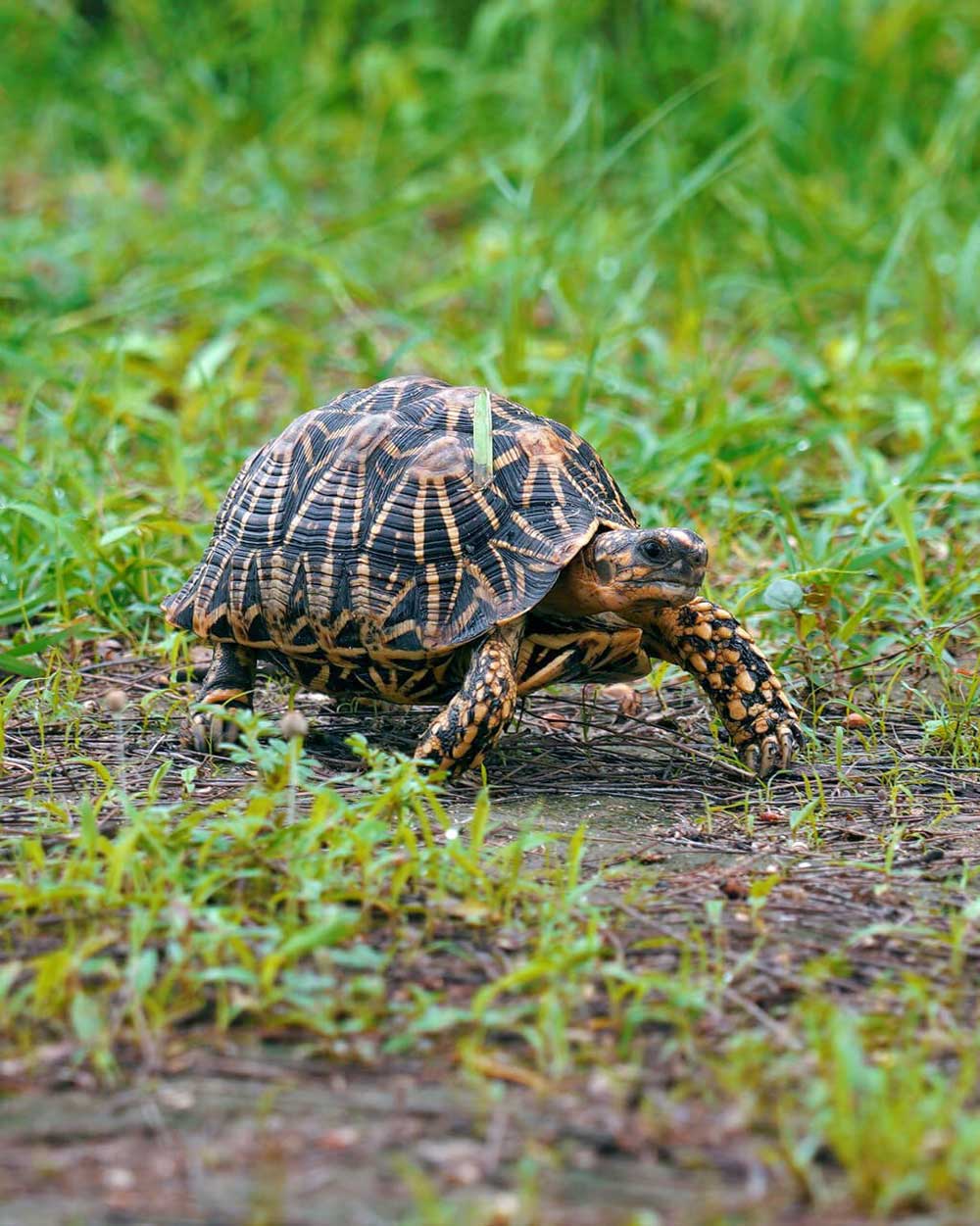
Also observed are Indian rock pythons, monitor lizards, and skinks, all of which require undisturbed habitats to thrive. Amphibians and a wide array of insects, including crucial pollinators like bees and butterflies, are part of this fragile web of life.
Altogether, at least 27 species found in Kancha Gachibowli are protected under the Wildlife Act — a fact that strengthens the case for declaring it an ecologically sensitive zone.
Development vs. Biodiversity

The Telangana government's plan to auction parts of this land for real estate — estimated at ₹10,000 crore — has triggered widespread protest from environmentalists, citizens, and legal experts. Critics point out that such a move violates ecological ethics, national environmental laws, and India's international commitments to biodiversity protection under the Convention on Biological Diversity (CBD).
The Supreme Court’s intervention has temporarily paused any further tree felling and asked for a comprehensive restoration plan. However, the damage already inflicted could take five to six years to reverse, according to forest officials. Street dogs, introduced through nearby urban expansion, have become a threat to the local deer population, adding to the complex ecological challenges of forest regeneration.
Climate Consequences
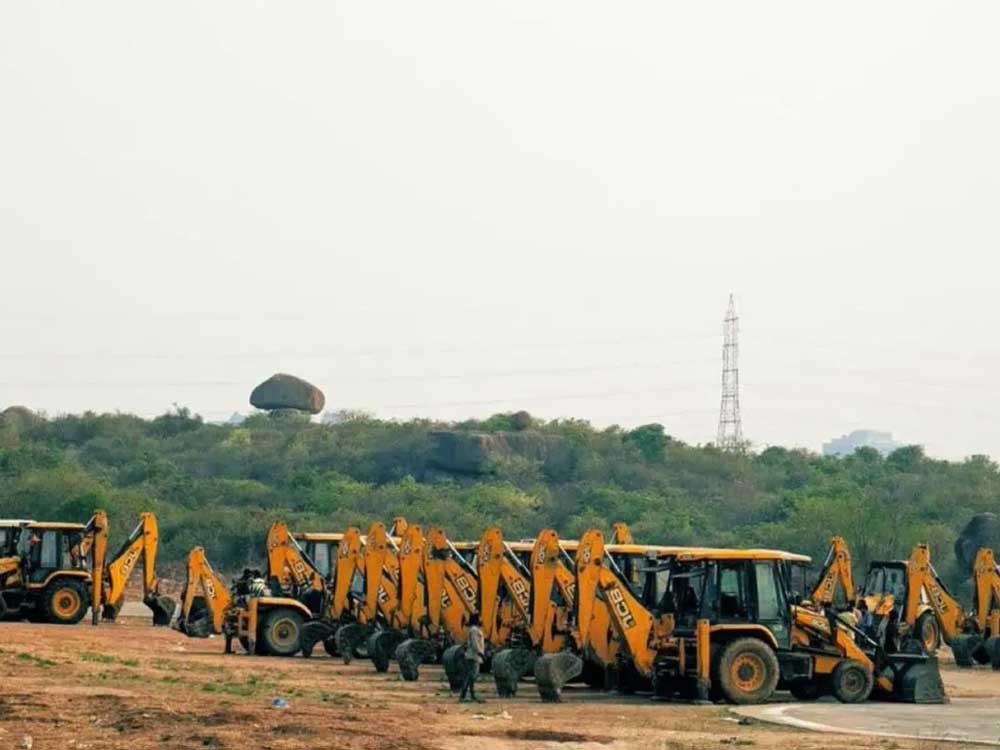
The loss of the Kancha Gachibowli forest would not only affect wildlife but also contribute to Hyderabad’s intensifying urban heat island effect. Trees provide shade, sequester carbon, regulate temperature, and assist in groundwater recharge. Their removal will make the city hotter, dustier, and less resilient to the impacts of climate change.
Insects and birds that act as pollinators will vanish, potentially affecting local agriculture and even home gardens. Soil erosion, water runoff, and loss of air purification services are additional cascading effects.
What Citizens Can Do
Activism and public pressure have already had some impact. Campaigns under hashtags like #SaveKanchaGachibowli have gained momentum. Citizens can:
Write to local MLAs and the Telangana Forest Department
Participate in awareness drives and reforestation efforts
Support legal action to recognise urban forests under the Wildlife Act
Join nature walks and ecological surveys to keep public attention on the forest’s biodiversity
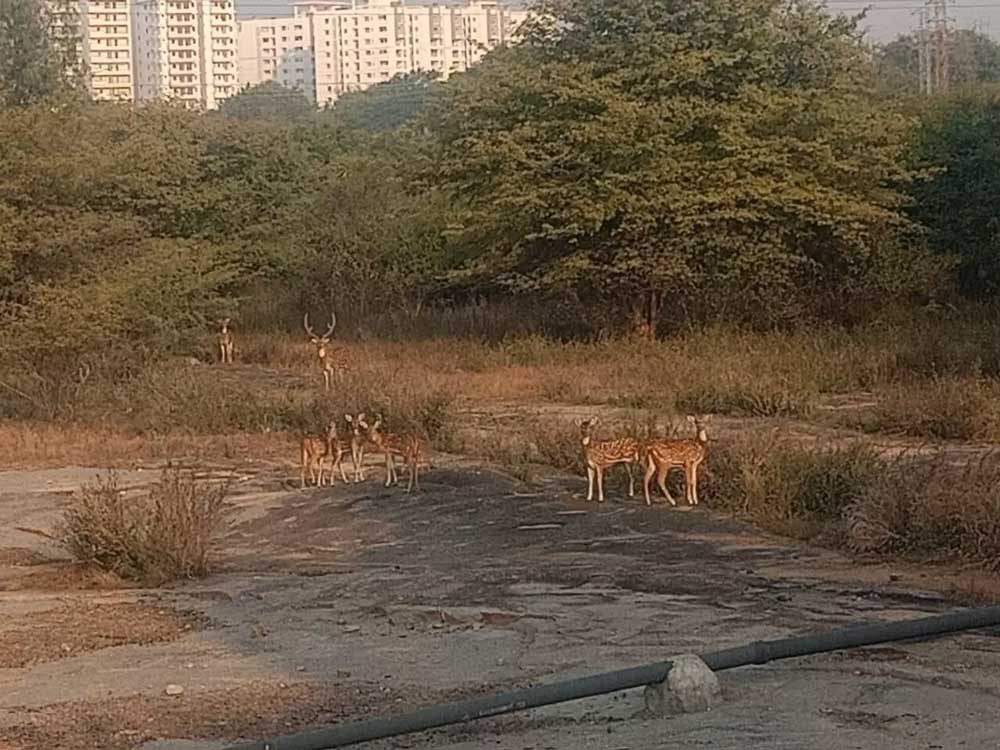
As we mark World Earth Day, the destruction of Kancha Gachibowli forest presents a clear moral dilemma: short-term urban gain at the expense of long-term ecological loss. The question isn’t just what animals will be affected, but what kind of city we want to live in, and what kind of planet we hope to leave behind.
Saving this forest isn’t simply about preserving deer and birds. It’s about defending the right of future generations to coexist with nature, not in photographs or zoos, but in their own neighbourhoods.